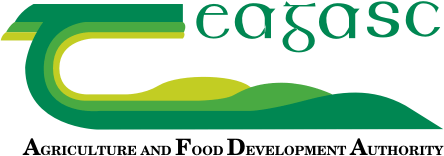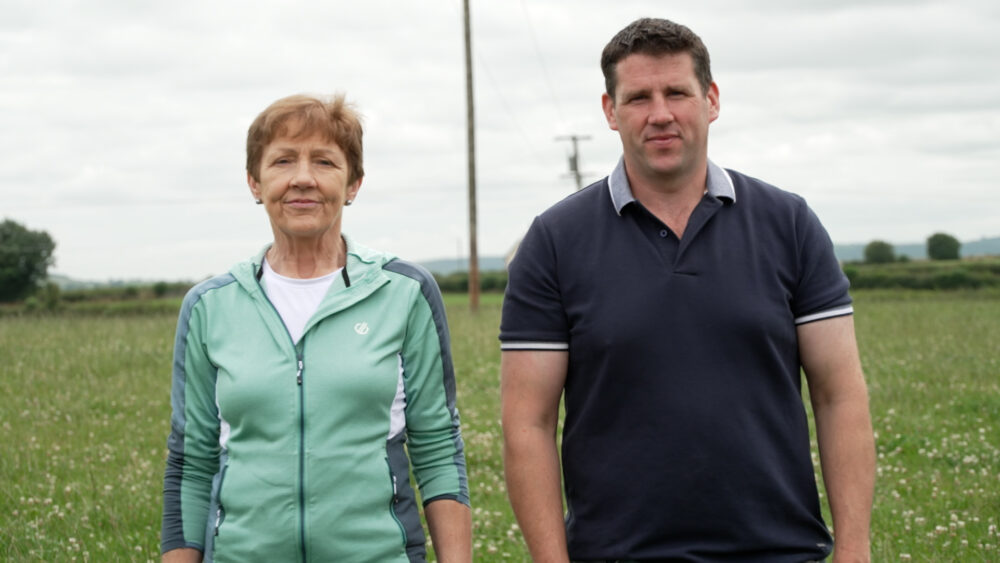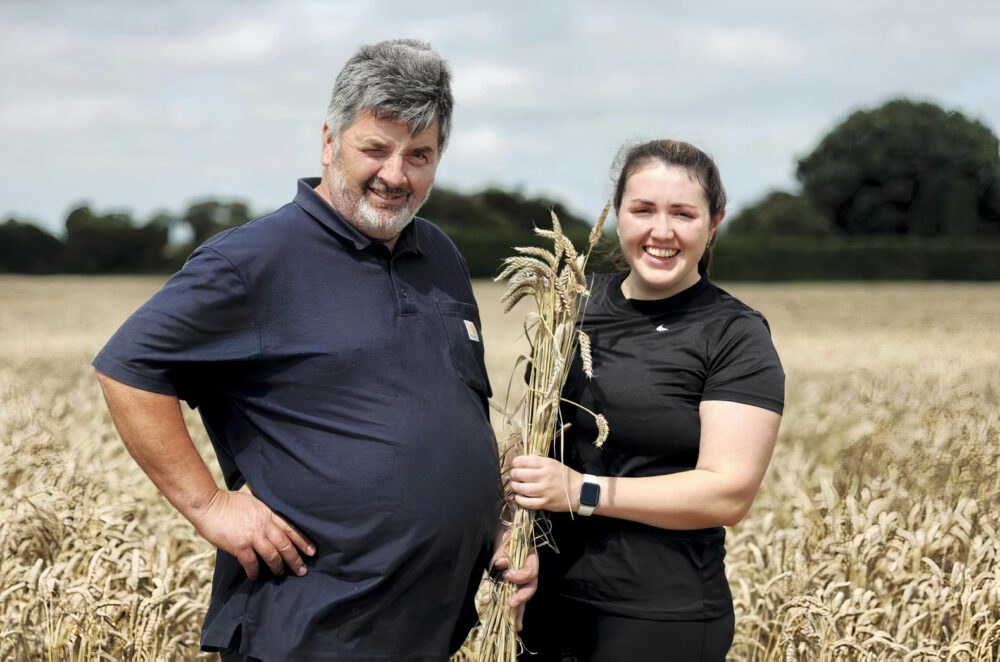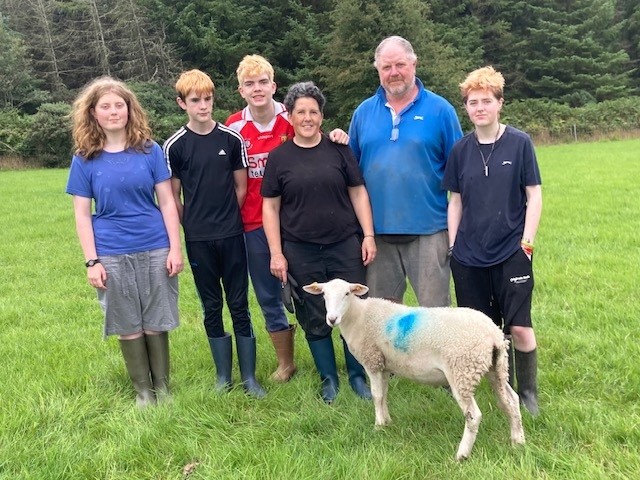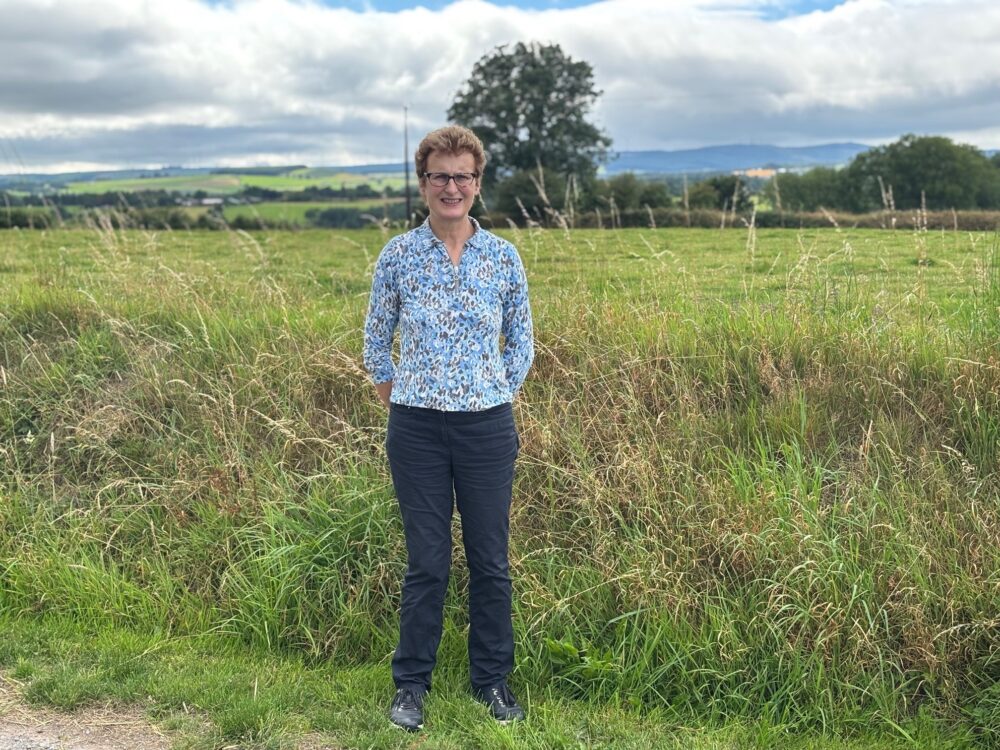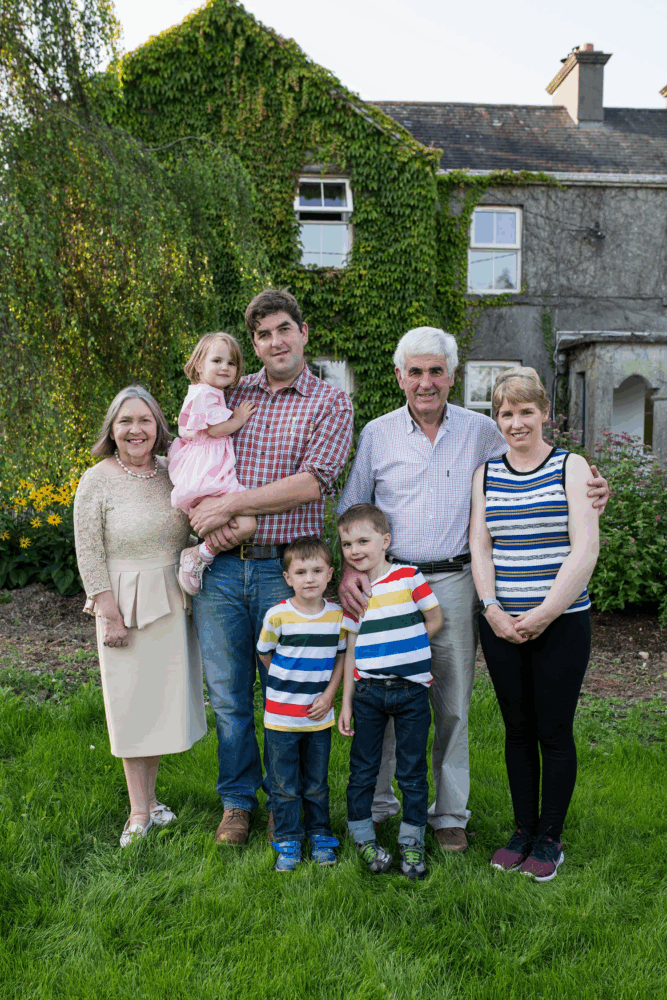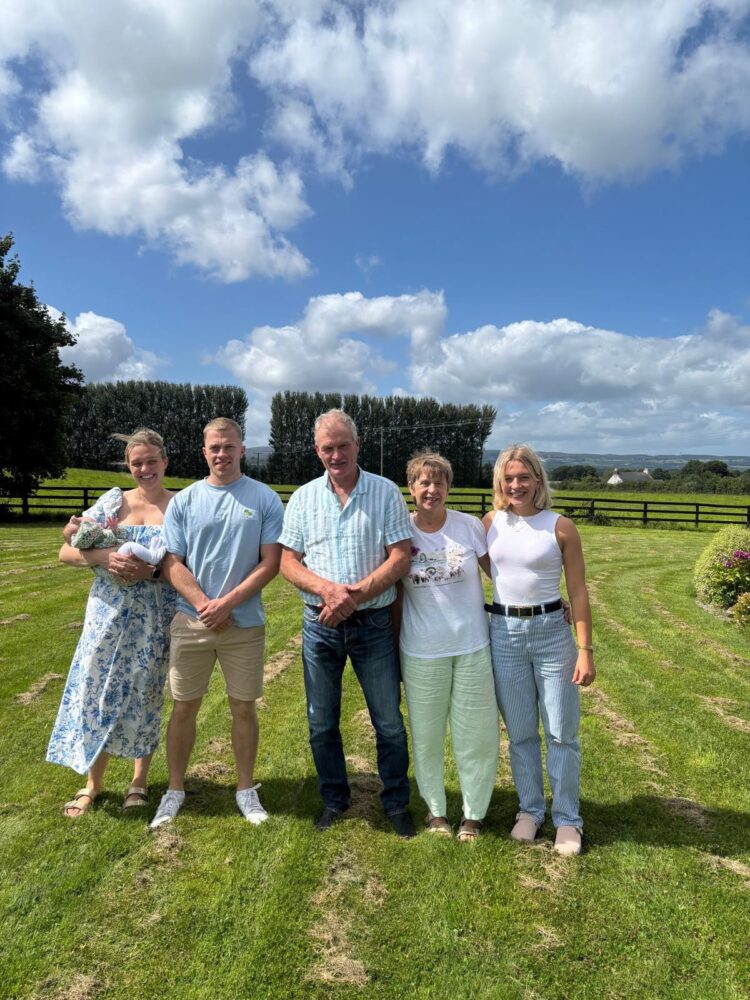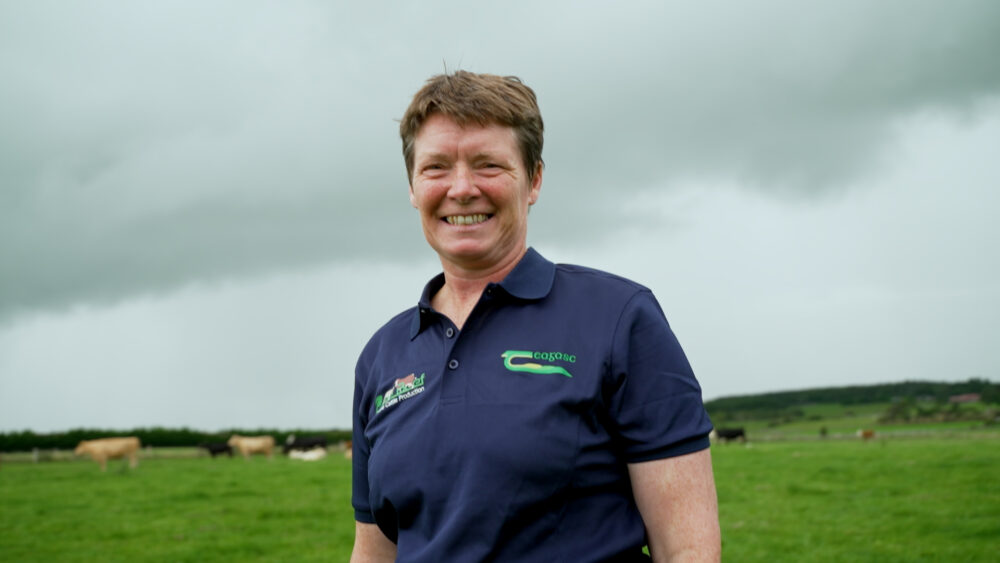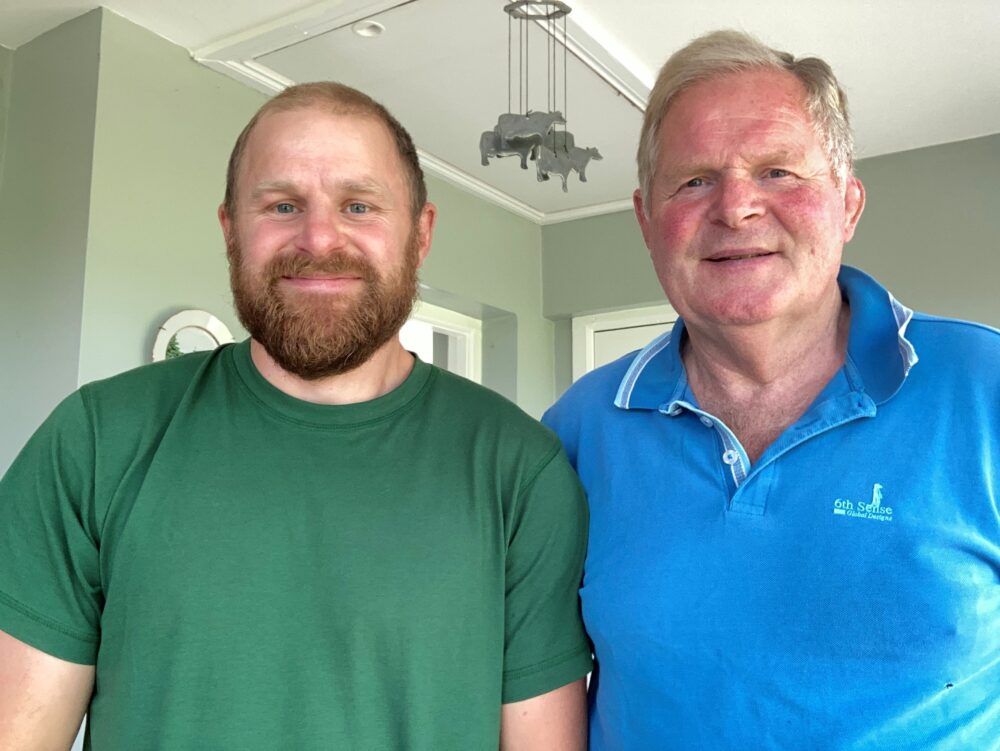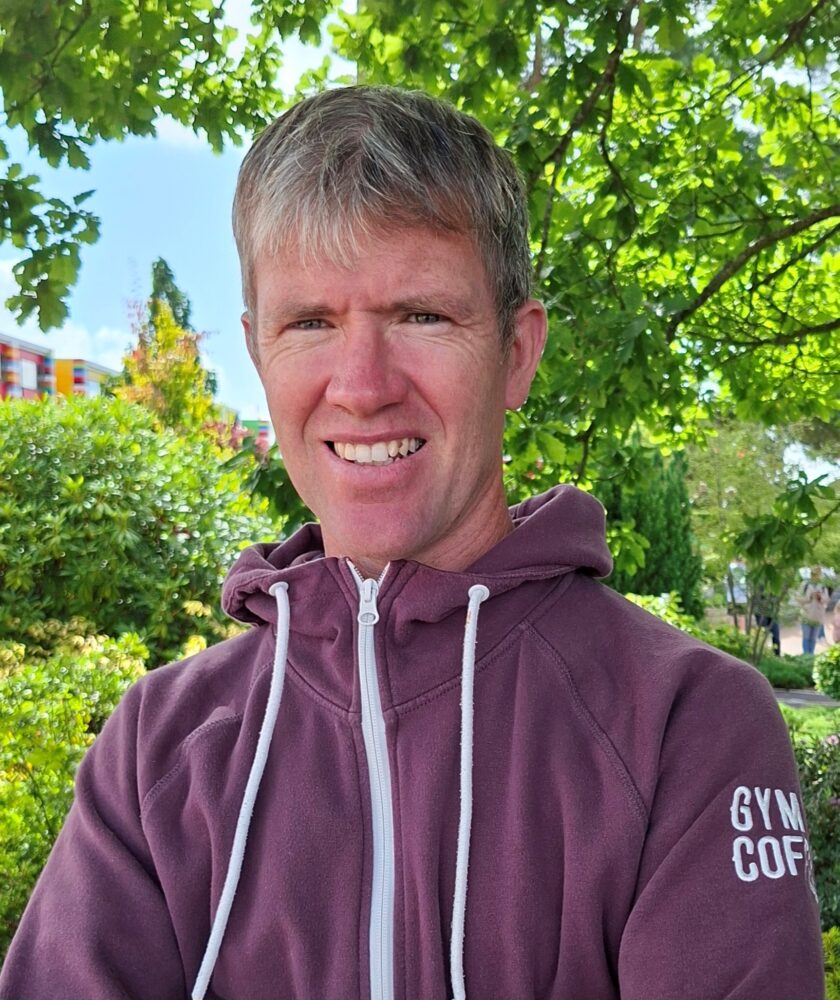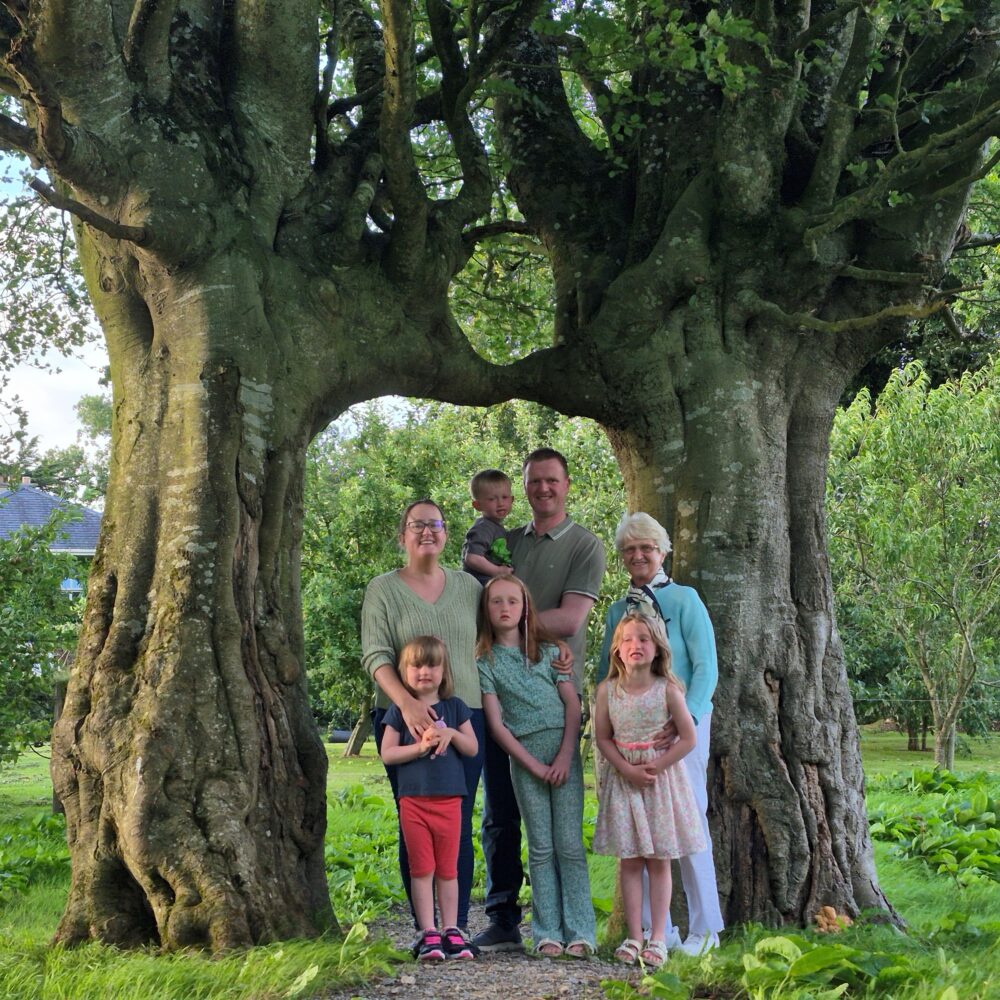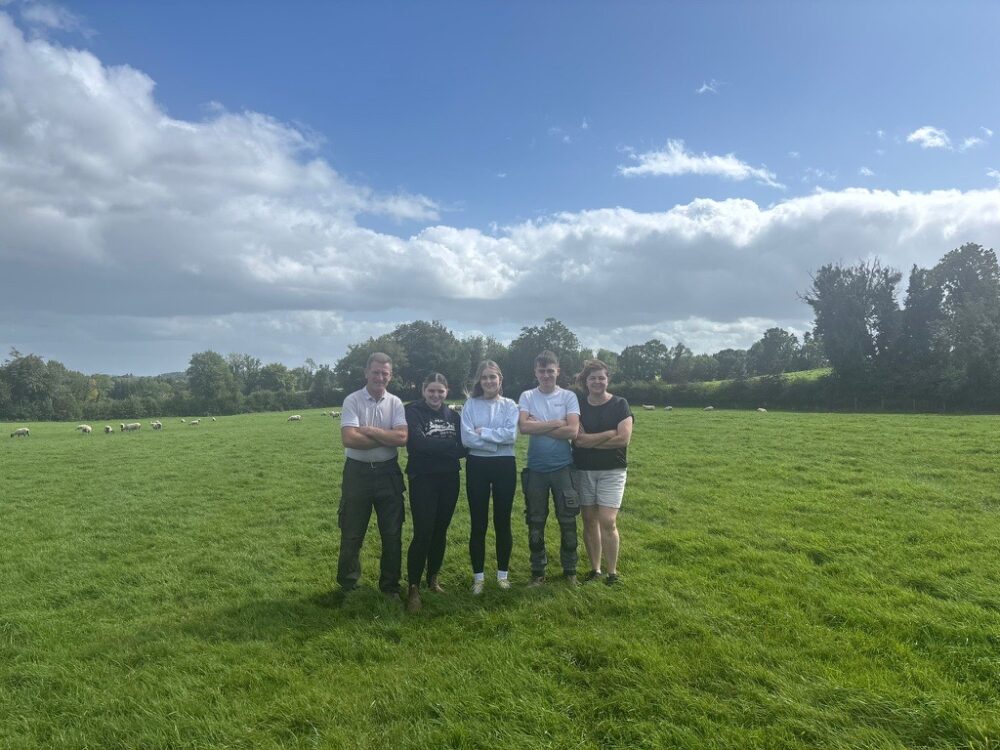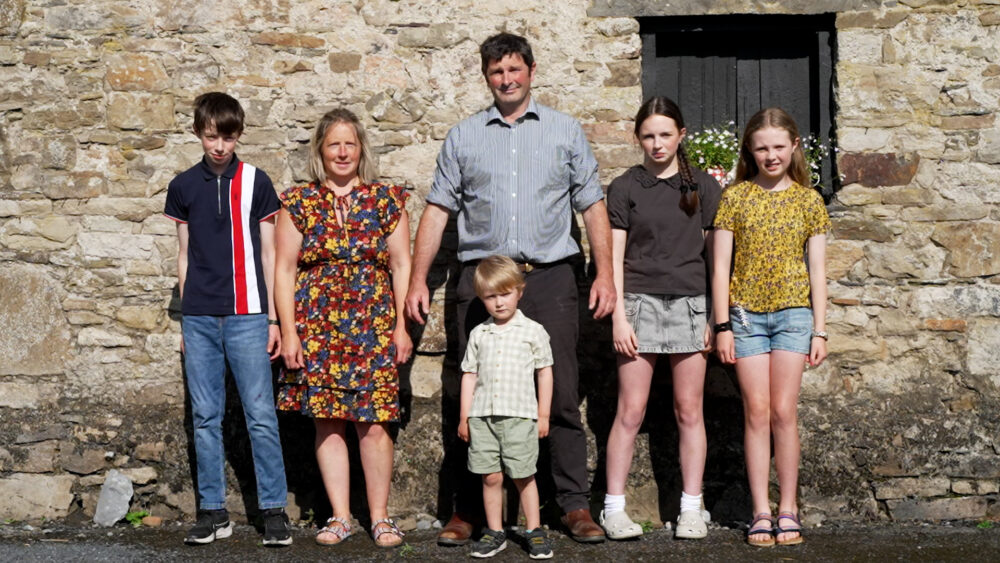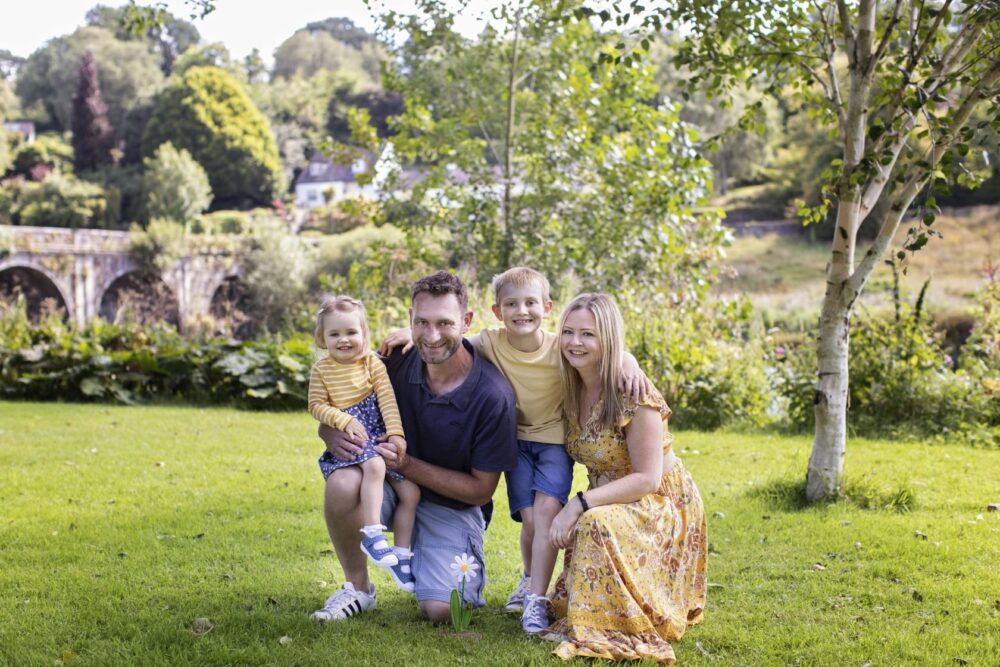
Don Somers - Overall Winner Teagasc FBD Environmentally Sustainable Farmer of the Year 2025 and Category Winner for Improving Water Quality
Don Somers is a tillage farmer from Wexford.
Improving Water Quality
Don has taken a number of actions to reduce the risk to water quality on this farm:
- He has reduced chemical N use by 20% through better soil management, careful nutrient planning, optimising the use of organic manure as well as using precision tools like GPS and yield mapping.
- The use of precision tools including N sensors and yield mapping have allowed Don to use nutrients efficiently and avoid risk to the local environment. He only applies what is needed.
- After crops are removed at harvest, Don establishes catch crops in ground destined for spring cropping to ensure there is no bare ground on the farm overwinter.
- Riparian buffer zones have also been installed, allowing for the protection of water quality along with the enhancement of biodiversity along watercourses.
Farming 183 hectares with his uncle Jim, Don grows winter and spring cereals using a minimum tillage system since 2018, protecting soil structure and biology.
He carefully plans fertiliser based on crop nutrient removal and soil tests, taking samples every two years. Organic manures—including poultry litter, farmyard manure, and dairy sludge—are analysed and applied with his own spreader and weigh cells, boosting soil organic matter while reducing costs.
Soil health is central. Don regularly inspects soil structure and earthworms, recycles over half his straw (2022–2023), and grows cover crops on all spring crop land. These practices reduce fertiliser needs, prevent nitrogen leaching, improve soil structure, aid seedbed preparation, and enhance water absorption.
Precision technology, including yield maps and nitrogen sensors, allows variable nutrient application, improving efficiency and crop health while reducing environmental impact. Catch crops and riparian buffers protect the River Slaney, and integrated pest management supports biodiversity. Don has reduced chemical N use by 20% in the last few years.
By combining traditional methods with cutting-edge tools, Don optimises yields, reduces inputs, and builds long-term soil resilience, showing that sustainable, profitable farming is possible when soil and nature are prioritised.
